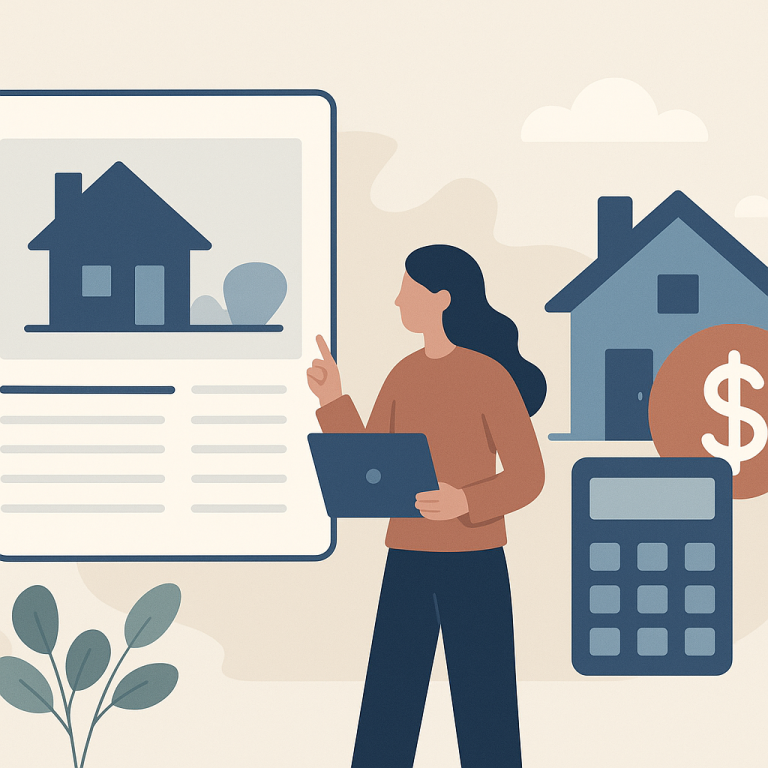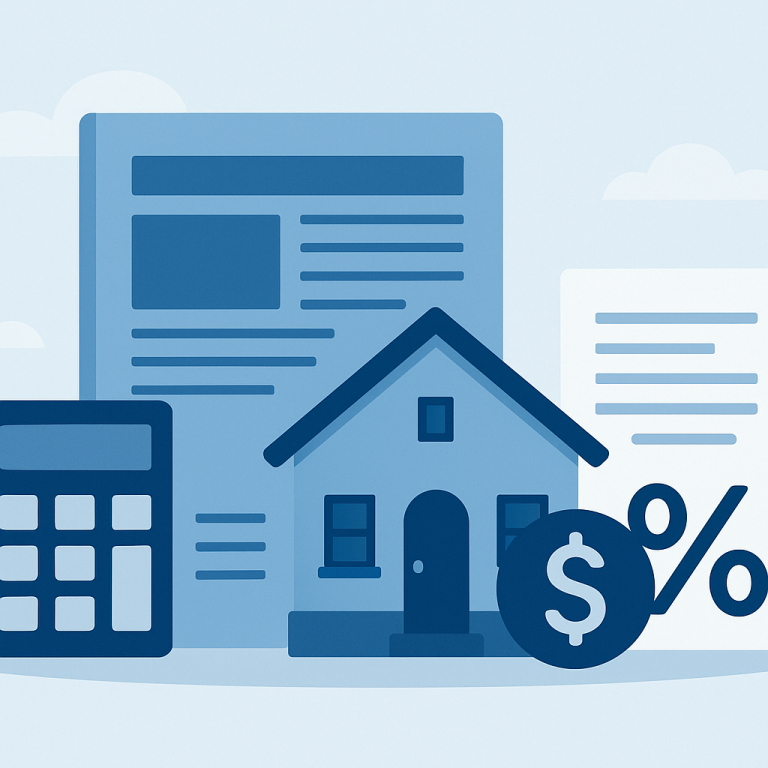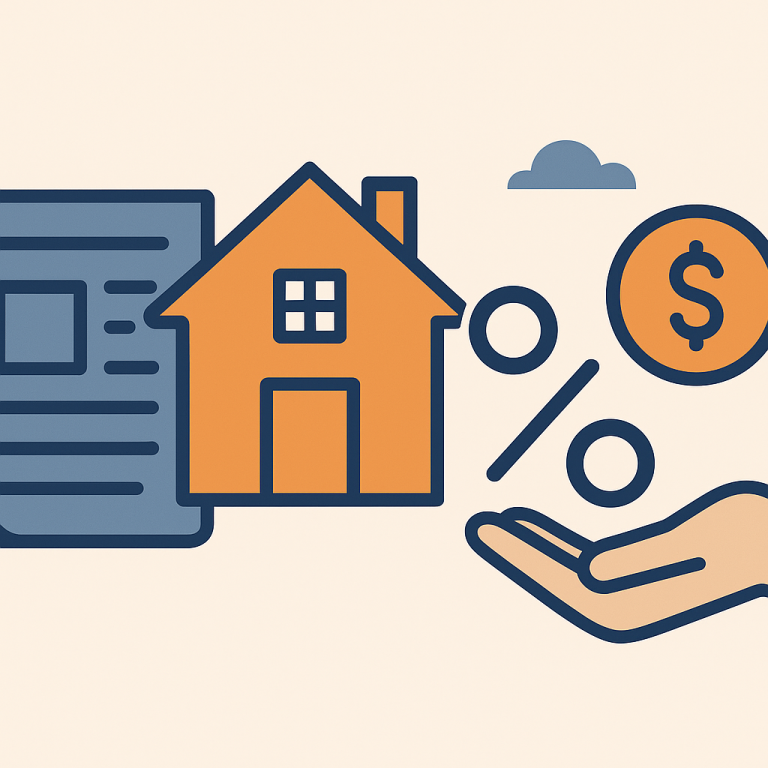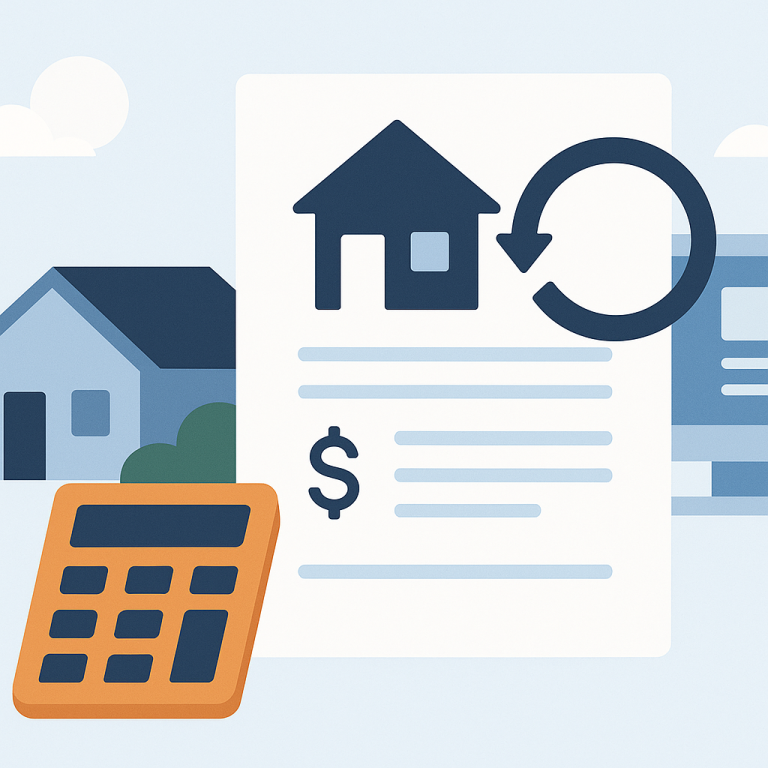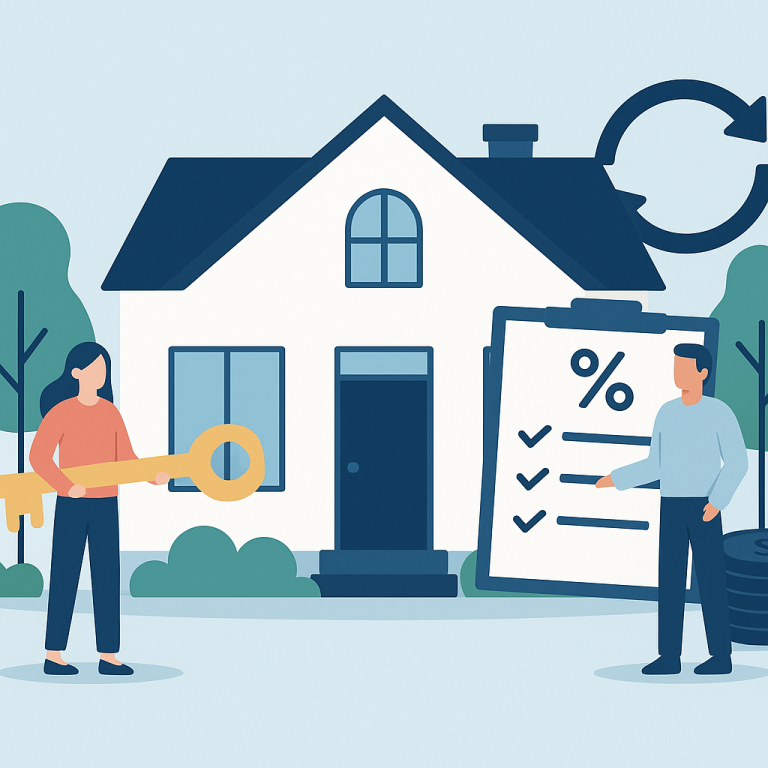Refinance Applications Surge 18% After 30-Year Rates Drop To 5.1%
At a glance: The latest mortgage rate drop and how it could affect refinancing decisions.
Mortgage rates have moved lower. That can improve affordability and may reopen refinance options for borrowers whose current rate is above today’s quotes.
What the Rate Drop Means for Borrowers
Refinancing a mortgage can reduce monthly payments, shorten the loan term, or unlock equity. However, whether to refinance depends less on headlines and more on specific homeowner goals, loan details, and the horizon for staying in the home. This article outlines the decision framework homeowners should use to evaluate refinancing opportunities and identifies the key factors that determine whether a new mortgage is worth the cost.
Define Your Objective First
Start by clarifying what you want to achieve. Common reasons to refinance include lowering the interest rate to reduce monthly payments, switching from an adjustable-rate mortgage to a fixed-rate loan for predictability, shortening the loan term to build equity faster, or taking cash out for home improvements or debt consolidation. Each objective has different cost-benefit considerations and affects the ideal loan product.
Calculate the True Cost and Break-Even Point
Refinance decisions hinge on closing costs and the time you plan to remain in the house. Upfront fees—application, appraisal, title, and lender charges—can offset monthly savings. A useful way to compare options is a break-even analysis: determine how many months it will take for monthly savings from the new loan to recoup the refinance expenses. If you expect to stay in the home beyond that break-even period, refinancing is more likely to be advantageous.
Consider Loan Term and Total Interest
Lower monthly payments can be achieved by extending the loan term, but that often increases total interest paid over the life of the loan. Conversely, moving to a shorter term usually raises monthly payments but reduces lifetime interest and accelerates equity building. Match the loan term to your financial priorities—monthly cash flow versus long-term interest savings.
Assess Credit, Equity, and Underwriting Factors
Lender approval depends on credit score, debt-to-income ratio, and available home equity. Better credit and higher equity typically secure more favorable loan options and lower rates. Homeowners with limited equity or weaker credit may face higher fees or less attractive terms, which can change the refinance calculus. Be prepared to document income and assets as part of the underwriting process.
Evaluate Rate Locks and Market Timing
Mortgage rates can be volatile; a rate lock protects an offered rate for a limited period while the loan closes. Rate-lock fees and lock durations should be weighed against your timeline for closing. Rather than trying to perfectly time the market, focus on personal circumstances and readiness—if refinancing clearly supports your objective and the break-even timeline aligns with your plans, it can be a prudent move.
When Cash-Out Refinances Make Sense
Accessing home equity through a cash-out refinance can fund renovations or consolidate high-interest debt. Compare the cost of borrowing against expected benefits: will the funds increase home value or reduce higher-rate obligations? If the proceeds are for discretionary spending without clear financial upside, alternative financing options may be preferable.
Homeowner Takeaways
- Clarify your primary goal—lower payments, predictability, shorter term, or cash access—before shopping lenders.
- Run a break-even analysis to see whether expected savings outweigh upfront costs within your planned time in the home.
- Match loan term choices to long-term priorities; lower monthly payments can mean higher lifetime interest.
- Know how your credit profile and equity position will affect available rates and fees.
- Use rate locks to manage market movement once you are ready to close, but avoid relying solely on market timing.
Refinancing can be a powerful financial tool when aligned with clear objectives and realistic cost assessments. Take time to compare offers, understand the trade-offs, and consult a trusted lender to quantify potential savings before committing.
META: refinance-decision; angle=goal-driven-refinance-evaluation; words=596

